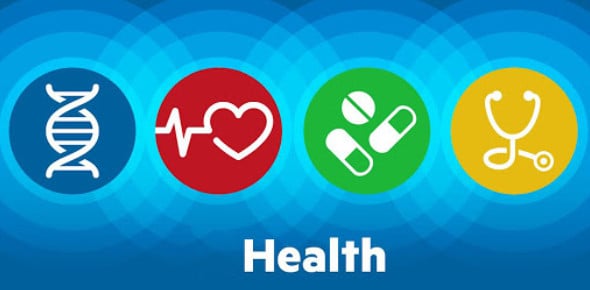An emancipated minor is able to give his or her own consent to receive...
Should a correction be required to a medical record, an authorized...
If a physician classifies an admission as an emergency, the hospital...
To qualify for SNF coverage, Medicare requires a person to have been a...
Someone who avoids paying bills by changing his or her residency and...
Which type of LCD/NCD provides potential coverage circumstances, but...
When is insurance verification typically done?
Advantages of courtesy discharge include:
PPACA is aimed primarily at decreasing the number of uninsured...
Which of the following is not a typical goal for...
What is the recommendation for the percentage of scheduled admissions...
The organization that ensures the quality, effectiveness, and...
Common stalls and delays with third party payers include all of the...
Someone who moves or changes residence and fails to notify creditors,...
If a triggering event for an ABN occurs when there is a...
HEAT stands for:
A superbill is:
Which of the following is not a true statement about the steps to be...
Which of the following is not gathered during...
Which of the following is not a true statement about MSP...
The date of birth must be entered as 8 digits (MM | DD | CCYY). Other...
What type of care would be provided in each of the following...
Which of the following is not a true statement about the...
Which of the following clinical and medical personnel are authorized...
A skip caused by a clerical error at the time of registration is a(n):
The statute commonly called "Obamacare" is formally known as...
Which of the following is not a GAAP applying to the cashier role?
A single general consent document is signed to cover all procedures...
Which of the following is not true of TJC?
What is the term for patient screening before surgical or invasive...
Which of the following is not an example of affiliated...
Telephone orders from a referring physician may be edited for clarity...
When completing the CMS 1500 form, there are special restrictions (no...
When someone applies for credit, creditors may not ask about the...
What is the appropriate bill frequency code for replacement of a...
Medicare is secondary in each of the following situations except...
Which of the following is not a true statement about the CMS 1500...
Which of the following is not a true statement about the Medicare...
Which of the following is not a true statement about a discharged...
Match the following
Per CMS, an ABN must be retained for three years from discharge or...
Which of the following is not true of the Hill-Burton Act?
The two types of OIG exclusions for healthcare providers and suppliers...
CMS has indicated that instances would be rare that a patient would...
Which of the following are not covered by Medicare for...
What is the title for individuals who help consumers fill out...
Match the following
Which of the following is not a true statement about a dismissed...
Which fo the following is not part of Medicare's...
Which of the following is not an area where tax-exempt...
In the ER, failure of a patient, who is aware of what is happening, to...
Which is an estimate of the time needed to collect the accounts...
Where would you enter the FECA number on a 1500 claim form for a...
Which of the following is not a goal of The Patient Bill of...
The primary purpose of the Criminal Health Care Fraud Statute is to...
What is the place of service code for a birthing center? Where would...
Which of the following accurately describe HICN formats and suffixes?
Which of the following is true of the Medicare Part A spell of an...
Match the following
Match the following
What is the frequency of coverage for intensive behavioral therapy for...
For qualified beneficiaries, what is the current:
How often can a qualified Medicare beneficiary receive:
Match the following
Match the following
















